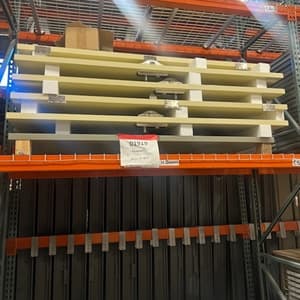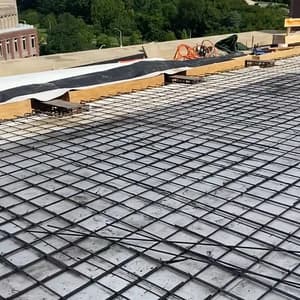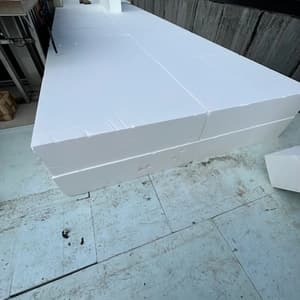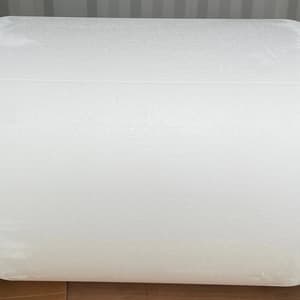More and more home owners are opting for hydronic heat in their basements and often in their garages. If you are going to spend the money on this type of heat, you want to make sure that the preparation of the site is done correctly. Most specifications call for R-10 under the slab, which is typically done with a single layer of 2” extruded polystyrene with an R-Value of 5 per inch.
A better way is to use a double layer of rigid insulation, staggering the seams to create a continuous thermal barrier with no cracks or voids. This homeowner in Eugene Oregon used a double layer of 1.8 lb EPS for his insulation. The EPS has an R-Value 4.35 per inch for a total value of R-26.1.
After installing the gravel base to insure proper drainage, the first
layer of EPS was installed. Then a second layer was installed being
careful to stagger seams so that no seams line up between layers.
The next step is the vapor barrier. Some people prefer the vapor barrier
under the insulation, some prefer it on top. The important thing is to
make sure there is a vapor barrier.
After taping the seams light weight rebar was laid in a grid pattern. An
8” x 8” woven wire is also used for this application.
Next the PEX tugging is run and attached to the rebar. Rebar was used in
this application instead of woven wire to provide a more rigid frame to
adhere the PEX tubing to, This will keep the PEX tubing approximately in
the center of the slab that will be installed so most of the heat
generated doesn’t go into the ground.
The final step is the installation of the concrete slab.








